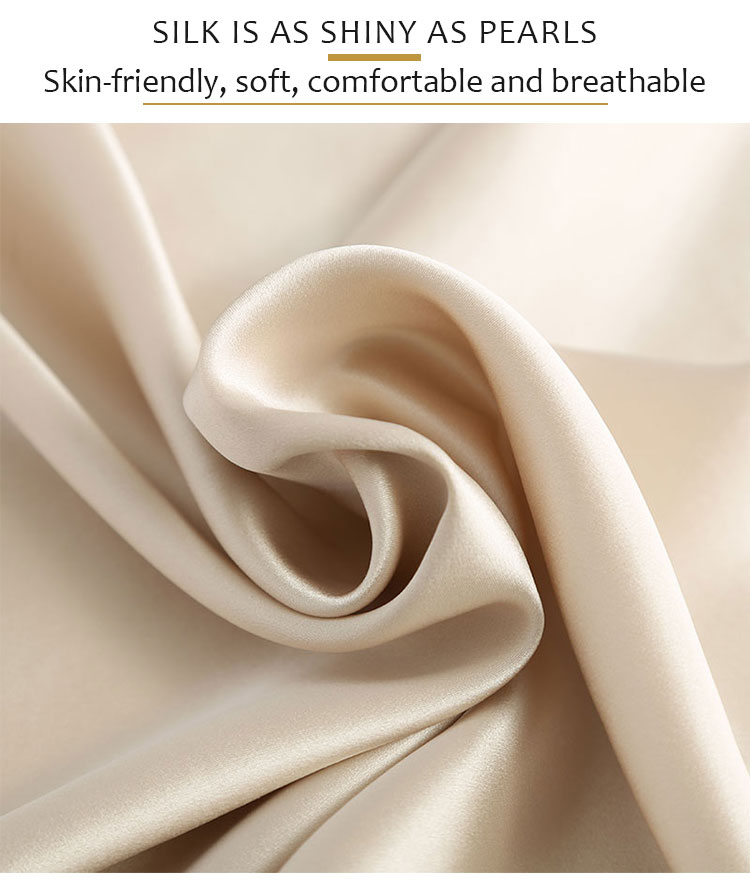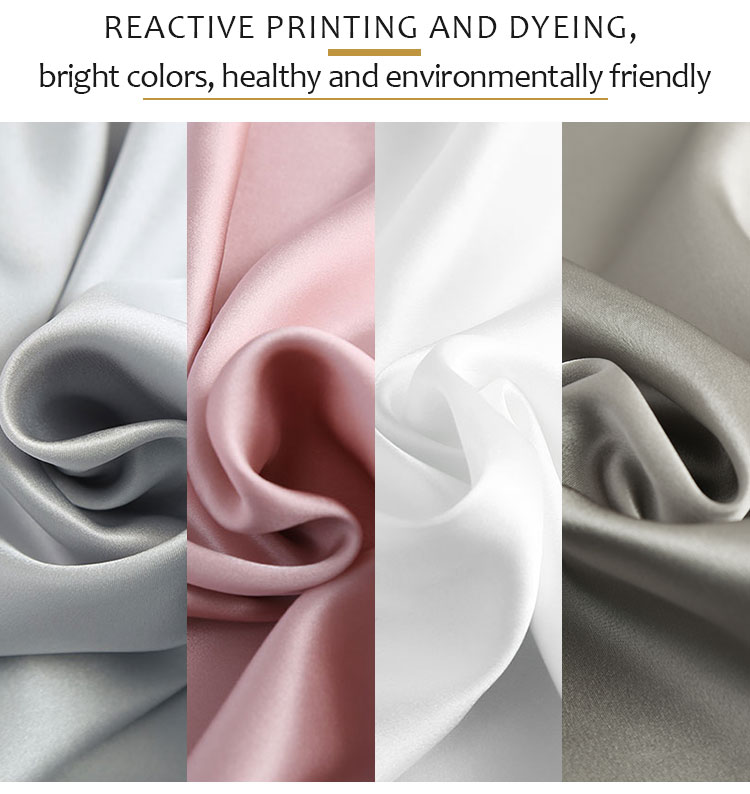Silk is no doubt a luxurious and beautiful material used by the wealthy in society. Over the years, its use for pillowcases, eye masks and pajamas, and scarves has been embraced in various parts of the world.
Despite its popularity, only a few people understand where silk fabrics come from.
Silk fabric was first developed in Ancient China. However, the earliest surviving silk samples can be found in the very presence of the silk protein fibroin in the soil samples from two tombs at the Neolithic site in Jiahu in Henan, dating back to 85000.
During the time of Odyssey, 19.233, Odysseus, trying to conceal his identity, his wife Penelope was asked about her husband’s clothing; she mentioned that she wore a shirt that gleams like the skin of a dried onion refers to the lustrous quality of silk fabric.
The Roman Empire valued silk so much. So they traded in the most highly-priced silk, which is Chinese silk.
Silk is a pure protein fiber; the major components of the protein fiber of silk are fibroin. The larvae of some certain insects produce fibroin to form cocoons. For example, the best rich silk is obtained from the cocoons of the larvae of the mulberry silkworm that is reared by the method of sericulture (rearing by captivity).
The rearing of silkworm pupae led to the commercial production of silk. They are usually bred to produce a white-colored silk thread, which lacks minerals on the surface. At the moment, silk is now produced in large quantities for various purposes.
Post time: Sep-22-2021


